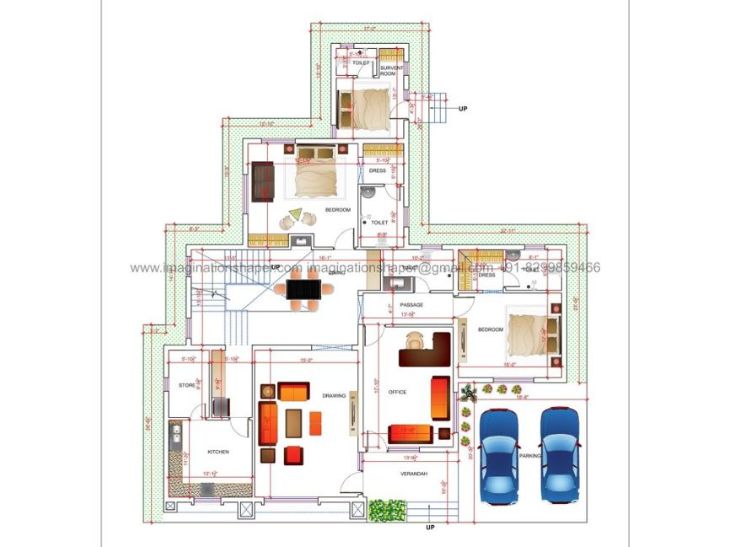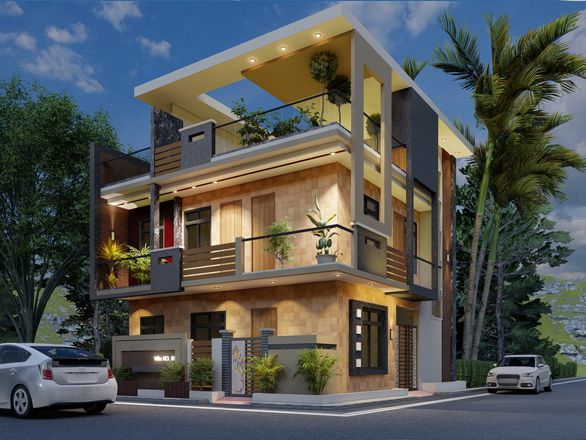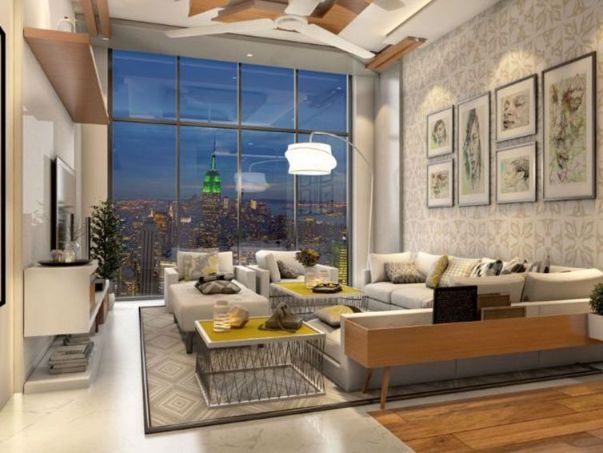All our services are fee-based, and we do not offer free proposals. A token amount is required to initiate. We are open to discussing our rates and availability to find the best solution.
Get your design ready in 24 hours.
Our prices starts from 3999/.
Our House plan design service combines precision and inventiveness. Our skilled architects, interior designers, and engineers spent years collecting thousands of House plan. Our careful planning ensures practicality and aesthetics combine flawlessly. Look through our projects to see how technology and creativity can work together, and see what possibilities exist for your next project. We hope that these House plan collections help find right home quickly. If you need help narrowing down your selections, or would like suggestions based on your criteria, whats app chat, email or call us. We’d be happy to help you find the House plan that fits your lifestyle and budget. You can also check out our Specialty Collections or customized design service for more design ideas. Let's build your dream home together from designing to execution.

Get best customized house plan designed by experienced architects and designers.

Are looking for the elevation design services, Imagination would be the perfect option.

Home interior design to enhance the interior of the project services at an affordable price.

Design your health care project as per guidelines, the user and patient-centric also.

We incorporate sustainability strategies, creative space planning and best technology.

We are focused on combining function with style to meet the need of businesses.
A floor plan is important thing while designing your dream home. It is just like the blueprint and helps you through the process of designing the functional, beautiful home so you will love to living in it and will love it even more and more years from now.
It helps to recognise that how each rooms in home will look like and it caters like a guide through the construction process to make sure, each room is built according to you.
Here is the guide about how to create a own house floor plans with step-by-step guides for designing your own floor plan, no matter the kind of house you want? And materials you select to build.
If the process is ongoing of designing your new home, there are various reasons why you want to use a custom house plan rather than the off-the-shelf home plan.
These house plans are the customized plans that meets your expectation and preferences. Also having a home plan means you need not to pay for any unnecessary features.
By using existing floor plans mean missing out the design opportunities which would better suit the layout of your land.
Designing home is time consuming and effort needed task that goes into design home plans. Take your time do it in right way and it will give you success.
The 3 crucial aspects to design home plans are: 1. where your kitchen is located, 2. how many bedrooms there are in your home, and 3. where bathrooms are located.
Designing a home plan can more daunting as well as appreciating things everyone once do in their life? Design house plan includes the more than just a dreaming up ideas about how things to will look.
A home design plan needs the many factors which should considered while designing. Making beautiful and attractive house design plan needs the expertise and many hours of workers.
Various designs you can choose from two stories homes, one story house, ranch house, bungalow and customise style homes.
Every home style has its own strengths and weaknesses so if you want to design the maximum space, then you can select the styles which suits for it like ranch or bungalow.
What you can expect from the Architectural Designer?
Architects are responsible for designing a home plans designs, which helps to create the visualization of look and feel of your home.
Architectural designers usually works with the team includes the landscape architect, interior designer, furniture specialist, structural engineer, builder and many more in order to offer the services regarding project.
A successful architectural design usually needed preliminary sketches for reviewing before any hard materials uses in construction work.
FAQ:
Ans: Planning your own house is a most beautiful thing in itself, and it is important to be prepared and patient through the whole process. Find the suggestion from expertise if needed, and be flexible when unexpected challenges may arise.
Ans: Remember, the designing a 3D house can be complex, and it can be more time consuming to master of software and create the detailed model. If you are not comfortable to use 3D design software, so seek to hire a professional architect who is expertise in 3D modeling to help bring your vision to your life.
Building your dream home that demands the careful designing, creating, planning, and extremely careful research.
Before starting making floor plans or visualise your ideal home, it is important to set a stage by encouraging the journey of preparation and introspection.
1. Financial Prudence:
Building home is financial investment for everyone. So the planning helps you to set the realistic budget to calculate the construction costs, permits, furnishings, landscaping, and unexpected contingencies.
Also it helps you to explore your financing options, make sure that you are comfortably afford the home without stretching your resources too thin.
2. Defining your requirements:
Each family has their own unique needs for their home. And by careful research and planning, you need to distinguish from you must needed and your love to have. This making difference between this two is crucial for making decisions that preferences the functionality and fulfilment.
3. Architectural Inspiration:
The world of architecture and design is vast and diverse. Research exposes you to a myriad of architectural styles, interior design concepts, and innovative building technologies. By exploring these inspirations, you can refine your vision and develop a clear aesthetic direction for your dream home.
4. Local Considerations:
Each region have different unique climate, building codes, and regulations of zoning. Research helps to understand local factors and accepts your design to compare.
It is important to work with architects and builders are familiar with the local peoples to navigate these things smoothly.
5. Environmental and Sustainability Goals:
In today’s pace world sustainability is important concern, planning lets you combine eco-friendly features to your home design.
Whether it is solar panels, energy compatible appliances, or harvesting of rainwater, these research leads to environment conscious which benefit both family and your new home.
6. Lifestyle and Future Needs:
Lifestyle and family situation can change along with time. Planning, designing and research allows you to anticipate the changes and design a home plan which serves the future needs, whether it is extra bedrooms for a growing family and can be a home office for remote work.
World of architecture and design, holding hand with the latest trends is important for creating a home plan which feels current as well as timeless.
In 2023, there is a growing concern with eco-friendly and recycled building materials. From wood to recycled glass material, homeowners are choosing the materials which reducing environmental impact.
Sustainability maximises to energy consumption. Solar panels, high-efficiency HVAC systems, and smart home technologies that all are integrated to reduce energy consumption and lower the electricity bills.
Passive design, architects are preference natural lighting, cross-ventilation, and thermal mass which create energy compatible homes that not too much relay on artificial heating and cooling.
Green roofs and walls not just environment friendly as well as aesthetically pleasing. They offers the natural insulation, improve air quality, and lower the storm water runoff.
The smart home are beyond voice-controlled lights and thermostats, these smart homes are equipped with AI-driven systems which learn and accepts the residential preferences, enhancing convenience and energy compatibility.

